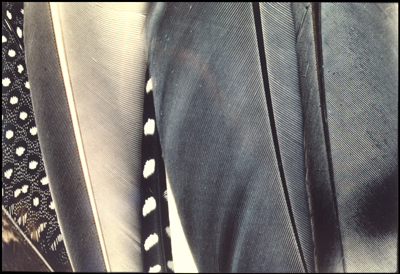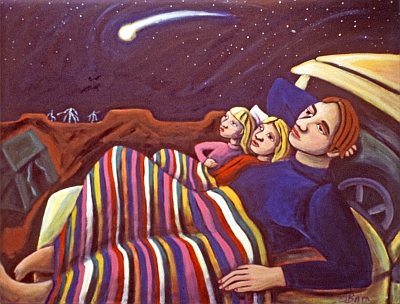Guests from the Great River, 2020
Tony A. (naschio) Johnson and Adam McIsaac
Tony A. (naschio) Johnson (American Chinook ) - Adam McIsaac (American (born 1972))
Location: University of Washington, Seattle
About the Artwork
Tony A. (naschio) Johnson (Chinook) and Adam McIsaac worked as an artist team to create Guests from the Great River for the new Burke Museum of Natural History and Culture (2020) in Seattle. The eleven large, cast bronze paddles represent the arrival of a Chinookan canoe carrying cultural heroes of that region and their knowledge. The canoe paddles are lifted upright in a traditional form of peaceful greeting and respect to the museum and its guests. They are carved in a variety of Chinook styles and sizes. Each day, the paddles' shadows take one stroke across the entry plaza of the museum, forever in motion.
This artwork was acquired for the State Art Collection in partnership with University of Washington.
About the Artist
For more than 20 years, Tony A. (naschio) Johnson (Chinook) and Adam McIsaac have worked together to breathe life into the important Indigenous art form of the Chinookan-speaking peoples. The art form, centered along the Lower Columbia River, has been practiced for millennia, but was nearly forgotten by most of the area's current residents. Johnson and McIsaac both trained with well-known practitioners of Pacific Northwest Native arts. They first worked together on the creation of the Cathlapotle Plankhouse in Ridgefield, Southwestern Washington. Their goal is the revitalization of this significant art form through public installations and the mentoring of a new generation of artists.Tony A. (naschio) Johnson (Chinook) is a sculptor, printmaker, metalsmith, and basket weaver. He is also a chairman of the Chinook Indian Nation since 2015 and a Chinuk Wawa language teacher. Johnson earned a Bachelor of Arts degree in Art and American Indian Studies from the University of Washington in Seattle in 1994 and a Bachelor of Fine Art degree from Central Washington University in Ellensburg in 1996. He lives and works in Willapa Bay, Southwestern Washington on the Pacific Coast. In his own words: “I am driven by the art and lifeways of our ancestors. My family and I devote our time to these traditions.”
Adam McIsaac creates carved wooden sculptures, as well as paintings and prints. He is a non-Native artist, and he studied under the non-Native artist Duane Pasco, who has made the study of Indigenous artistic traditions of the Northwest Coast his life’s work. McIsaac uses carving tools and materials based on Indigenous Northwest Coast carving traditions. He continues to learn about these traditions by working with local Indigenous communities, with a focus on the artistic traditions of the Columbia River tribes. McIsaac lives and works in La Center, on the Columbia River in Southwestern Washington.

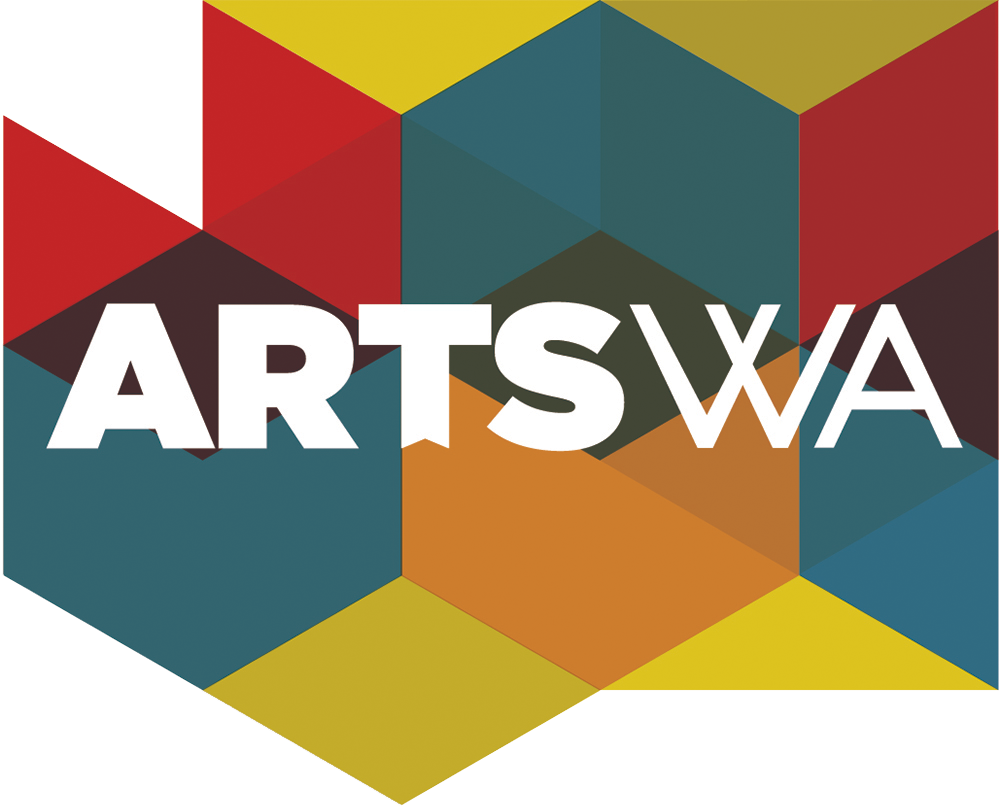
_edited.jpg)
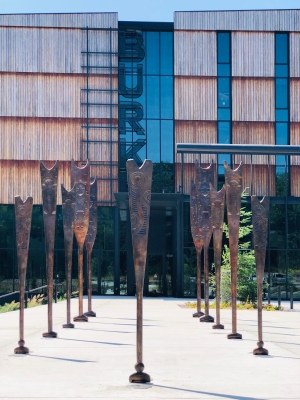
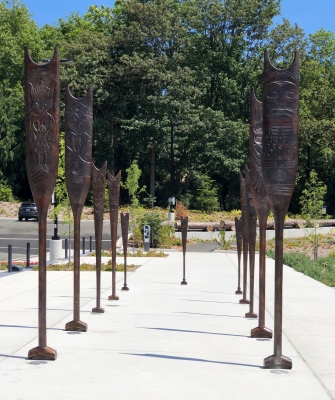
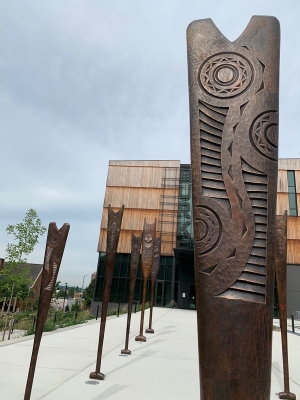
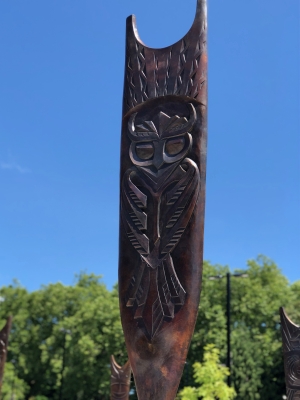
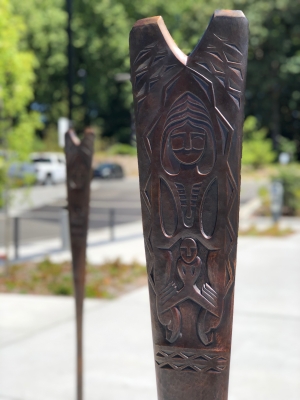
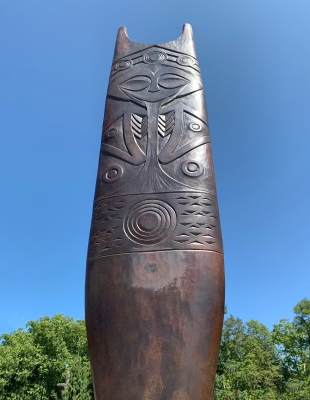
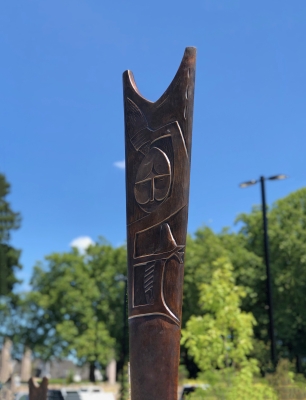
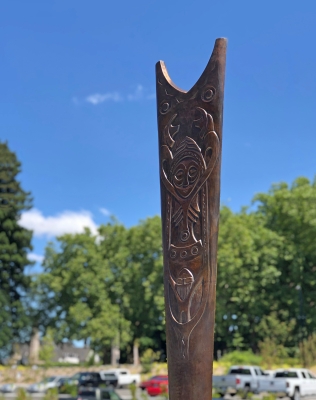
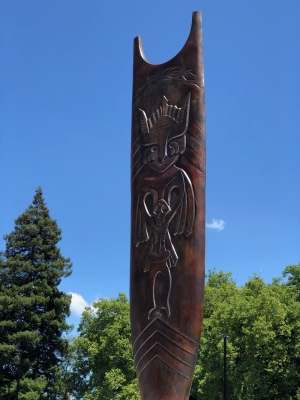
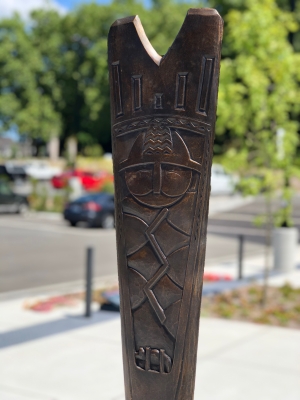
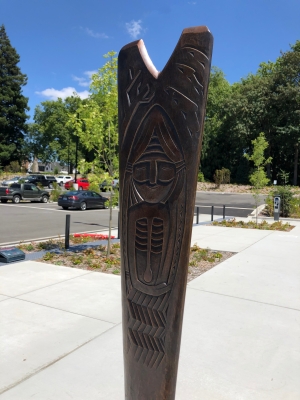
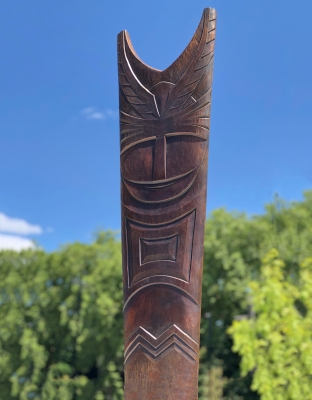
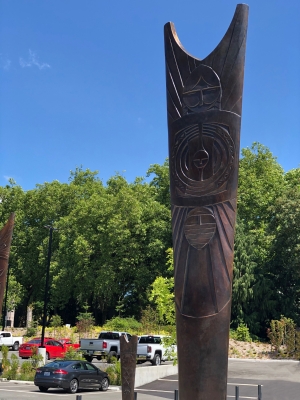
_edited.jpg)
_edited.jpg)
_edited.jpg)

